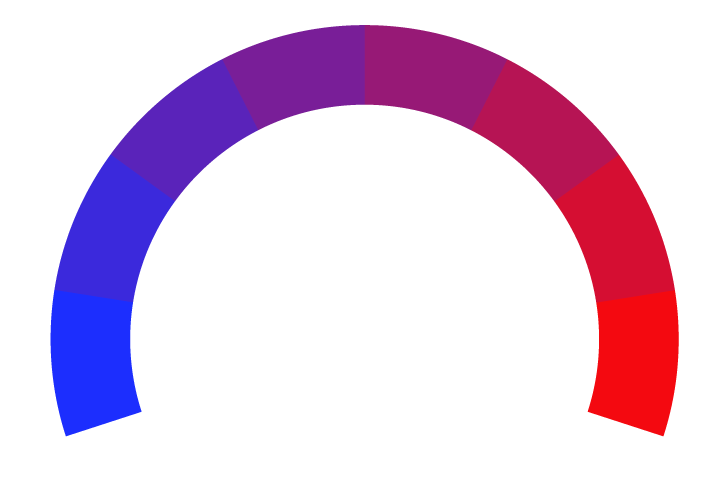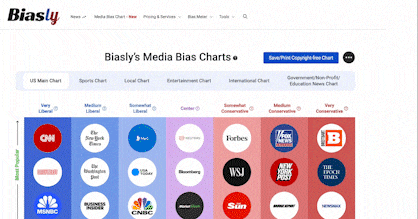 Chicago Tribune Article Rating
Chicago Tribune Article RatingHow the Chicago Bears' offseason road map could start in the middle. Brad Biggs' 10 thoughts from the NFL combine.
- Bias Rating
- Reliability
60% ReliableAverage
- Policy Leaning
22% Somewhat Right
- Politician Portrayal
N/A
Continue For Free
Create your free account to see the in-depth bias analytics and more.
By creating an account, you agree to our Terms and Privacy Policy, and subscribe to email updates.
Bias Score Analysis
The A.I. bias rating includes policy and politician portrayal leanings based on the author’s tone found in the article using machine learning. Bias scores are on a scale of -100% to 100% with higher negative scores being more liberal and higher positive scores being more conservative, and 0% being neutral.
Sentiments
15% Positive
- Liberal
- Conservative
| Sentence | Sentiment | Bias |
|---|---|---|
Unlock this feature by upgrading to the Pro plan. | ||
Reliability Score Analysis
Policy Leaning Analysis
Politician Portrayal Analysis
Bias Meter
Extremely
Liberal
Very
Liberal
Moderately
Liberal
Somewhat Liberal
Center
Somewhat Conservative
Moderately
Conservative
Very
Conservative
Extremely
Conservative
-100%
Liberal
100%
Conservative

Contributing sentiments towards policy:
56% : I don't think LSU's Will Campbell will be in play for the Bears at No. 10.52% : The precise order won't be known until next month when the league assigns compensatory picks, but the 10th pick in Round 5 a year ago was No. 145.
49% : He has the right demeanor as the No. 2 behind Caleb Williams and will be challenged to improve himself in the new offense.
43% : Acquiring a defensive end -- free agency is more likely than a trade -- wouldn't preclude Ryan Poles from drafting an edge rusher at No. 10.
39% : Some are of the opinion No. 10 is too early to draft an interior offensive lineman, but if the Bears at least pondered the idea of paying Smith more than $20 million a season to play guard, that can't be too early.
*Our bias meter rating uses data science including sentiment analysis, machine learning and our proprietary algorithm for determining biases in news articles. Bias scores are on a scale of -100% to 100% with higher negative scores being more liberal and higher positive scores being more conservative, and 0% being neutral. The rating is an independent analysis and is not affiliated nor sponsored by the news source or any other organization.






















